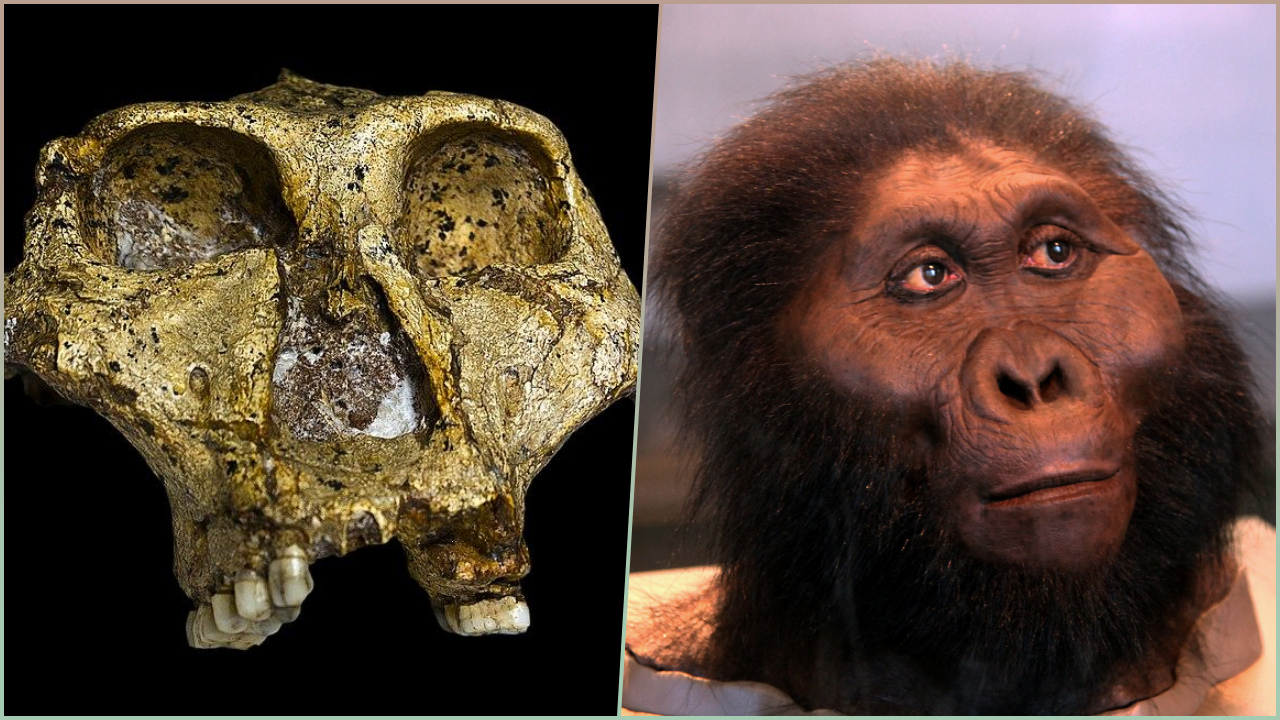BY THE ARCHAEOLOGIST EDITOR GROUP
The paper is presently accessible as a preprint on bioRxiv.
Using preserved teeth belonging to a prehistoric human species that lived in South Africa more than two million years ago, scientists have been able to extract genetic information. Scientists can now better comprehend how this long-extinct creature fits into the human family tree thanks to the data, which is by far the earliest genetic information ever obtained from any hominid.
The researchers explain their findings in a publication that has not yet been published and state that no African hominid sample older than 18,000 years old has ever yielded ancient DNA. After overcoming that obstacle, the authors continue by presenting protein sequencing data from the tooth enamel of four members of the species Paranthropus robustus, each of whom lived approximately 2.42 million years ago.
The teeth were found in the Swartkrans cave, 40 km (25 miles) northwest of Johannesburg. It is thought that rapid floods caused them to gather there before "extensive cementation" helped to preserve the enamel proteins over millions of years. This made it possible for the scientists to sequence hundreds of amino acids in each tooth using a technique called mass spectrometry, providing crucial details on the evolutionary connections between P. robustus and other hominids.
The sequences that we were able to recover, according to the study's authors, "put Paranthropus both within the clade of hominins and as an outgroup to the clade encompassing Homo sapiens, Neanderthals, and Denisovans." The ancient South African species, then, is a distant relative of the more closely related species that arose in Eurasia in the previous few hundred thousand years, including contemporary humans, but it is still very much a member of the human family.
Paranthropus boisei - steps of forensic facial reconstruction
Author: Cicero Moraes
A fascinating finding from the analysis was that one of the African foursomes "may be more distantly connected to the other three individuals than they are to each other." Although they are unable to confirm it, the researchers surmise that this outlier may have even belonged to a unique Paranthropus group.
Fascinatingly, the authors of the study were able to identify two of the specimens as males despite the fact that one of them had previously been classified as a female based on the size of its bones, thanks to the discovery of a protein encoded by a gene that is only found on the Y-chromosome. The other two individuals, who were female, had larger levels of the X-chromosome variant of this protein than did the other two.
To accurately place P. robustus within the human family tree or sort out all of the ancient hominin's evolutionary relationships, however, the genetic data gathered by the researchers is ultimately insufficient, despite the fact that it has allowed them to learn important details about the owners of the ancient chompers. The recovery of [two-million-year-old] phylogenetically informative genetic material in African hominins can be regarded as a potentially game-changing advancement for palaeoanthropology, the study's authors write, "despite these constraints."








